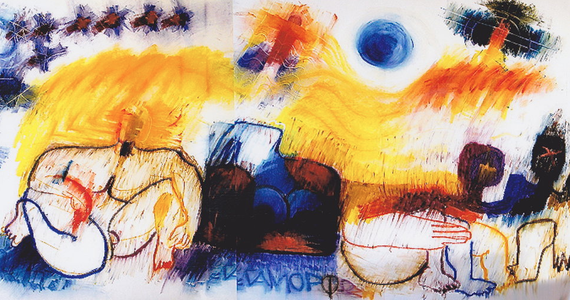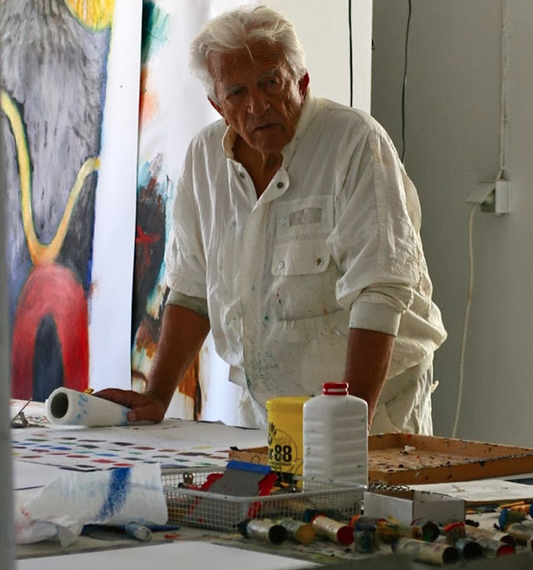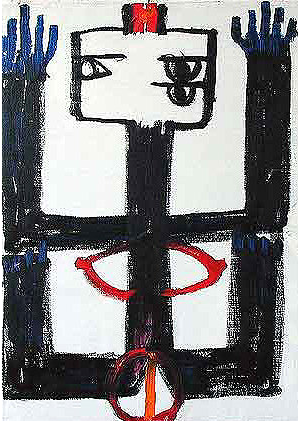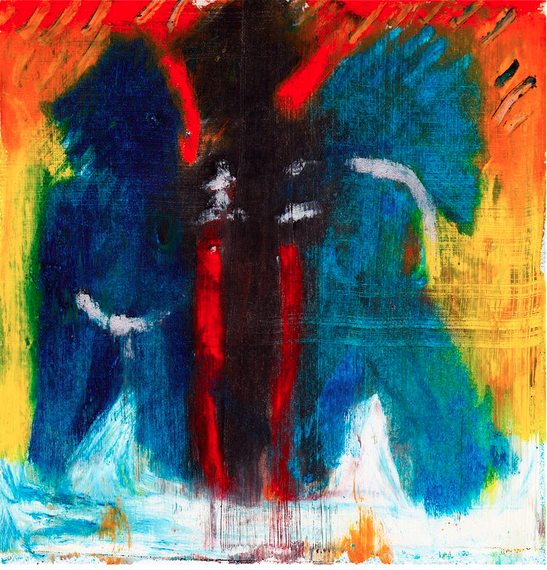We may all be familiar with the critiques of the art world. It is a world more concerned about manipulating and controlling the monetary price of art than about the value of art.
According to Allison Schrager, "To understand why [the art world is manipulated], you must first understand the economics of art galleries in America and Europe. Almost all primary art sales -- art bought from the artist as opposed to another collector -- occurs through art galleries. Galleries set taste and prices -- sets is actually an understatement. Galleries manipulate prices to an extent that would be illegal in most industries."
I recently interviewed Peter Seibt whose approach to art courageously offers a new and different way than the manipulative world of art controlled by wealthy financiers in New York or Paris.
Creston Davis [CD]: What is your assessment of the art world culture today?
Peter Seibt [PS]: Every day we are bombarded with images of horror, with malignant ideas, empty noise, obscene arbitrariness, inflated mediocrity and the cynical misinterpretation that the value of art is its price. People call this "Art" but it is really an "Art Market". This "Art Market" brings us powerlessness and hopelessness. (Stupid. Fat. Kitsch.)
CD: As an artist, how do you confront this billion dollar disenchanted "Art Market" industry?
PS: We simply do not accept it; it is basic: War is not peace and the price of something is not the value. In short, the market is not the art. Cynicism is not creation. But we are not at all rendered helpless by this billion-dollar industry. Instead we created a radical art project. This has brought us great joy in the making and the sharing of art.

Seibt's The Next Generation 2
CD: Some might say that you're project sounds a bit crazy.
PS: Does this make us "crazy"? Of course it does, a bit. But we do it because we love it. Because it gives us joy to make others happy, including you, Creston.
[I smile]
PS: And also because we know that it's just not true that everything has its price. In fact, the value of art doesn't mean the dollars you have to pay for it: Giving means nothing without taking.
So we do art because it gives us something back.
CD: What does it give to you?
PS: Hope. The hope for change, the hope which gives art, the hope that a society can be a community, the hope, that you, others and us, can create a difference, that we are the difference. Together.
CD: Yes, this is the kind of inspiration that is so rare for us in our world today. And this reminds me of your extraordinary project "365 Paintings for Hope." Can you explain what this project is?
PS: The project is based on Joseph Beuys's idea of a "social sculpture."
CD: You mean the idea that art has the power to transform society?
PS: Yes, exactly. In fact, the concept of a social sculpture is a form of hope in itself: Human beings, communicating with art, change their attitude toward existence and thereby society is transformed. The raw material of a social sculpture is the interweaving of people's dreams and hopes and is expressed in the form and the process of giving and receiving. Specifically, our project "365 Paintings for Hope" takes on the form that each day, for a year, we share with someone (anyone) a different painting in order to stimulate hopes remembered or created for those who encounter it. So each day one person's name is drawn out of a hat and is given that day's assigned painting. At the completion of Paintings For Hope, 365 people (and all who are involved in the program) will have linked their hopes to a piece of art which in turn is also linked to the hopes of others through art. Hope is spread throughout social relations in and through art. Imagine the joy. Imagine the possibilities.
CD: This is truly inspiring, Peter. Is there a lot of discipline for you to organize this? 365 Paintings is a lot of work not to mention the organizational operation of putting this all together.
PS: Yes there is some disciplined work. Each and every day we work. But the benefits from doing this disciplined work and organization give us back far more joy than just simply selling art, to hold back from sharing art-creation with others.
PS: Yes, we are not just nice: we are serious and it's radical. This project is radical because it's about creation. And every day we are happy, really happy, to be a part of this process, called "365 Paintings for Hope."
CD: So inspiring, Peter. Thank you for sharing this with me.
PS: It is my pleasure, Creston.
Peter's website is: http://www.cpseibt.com/



